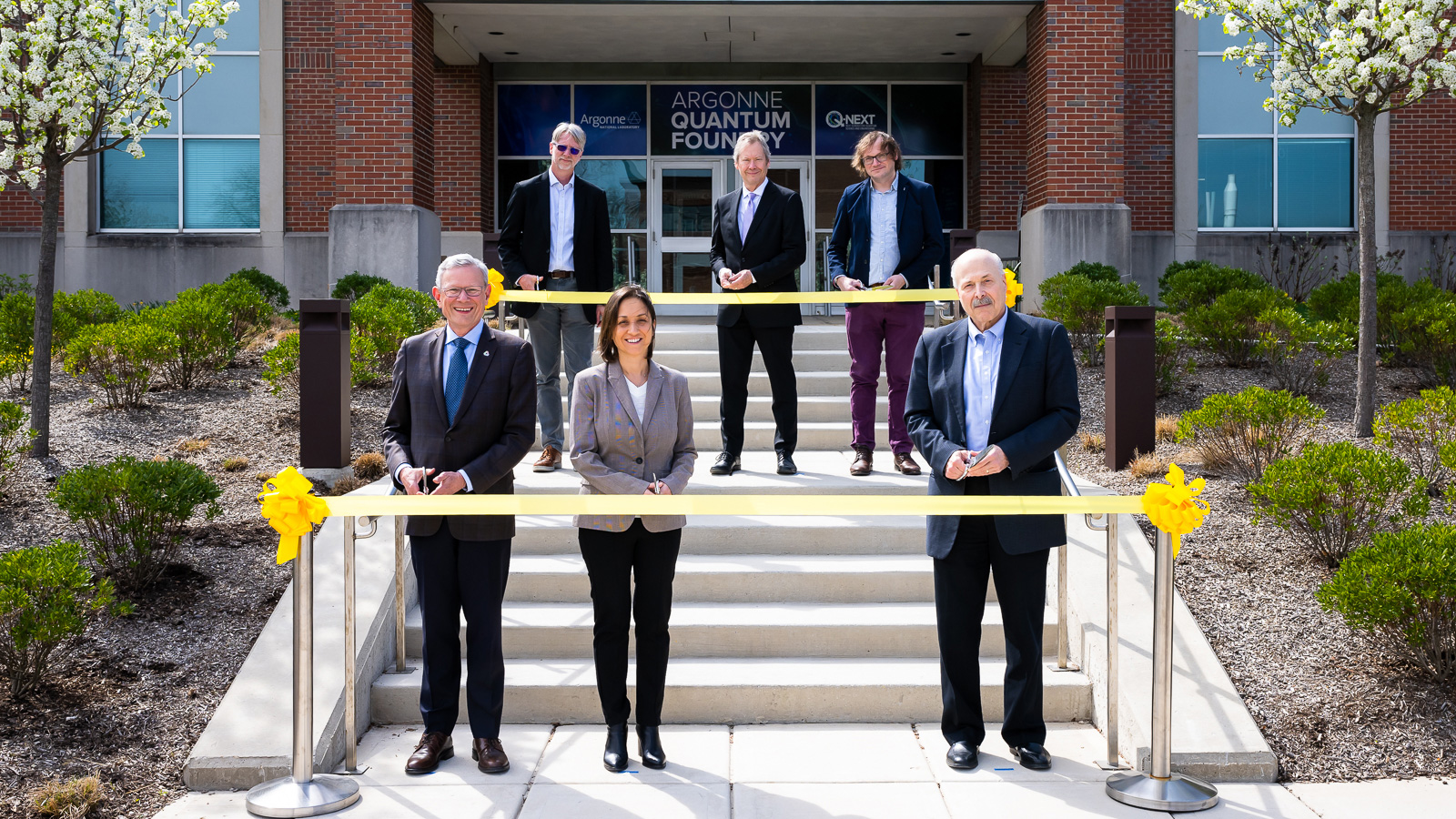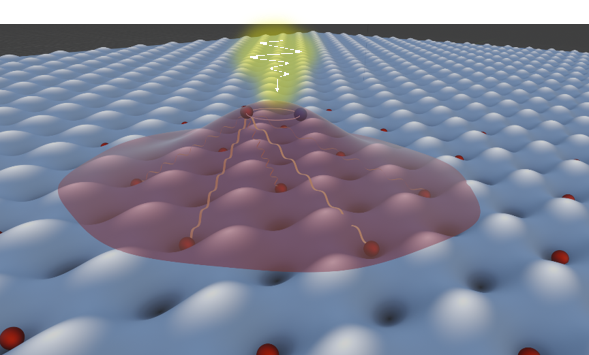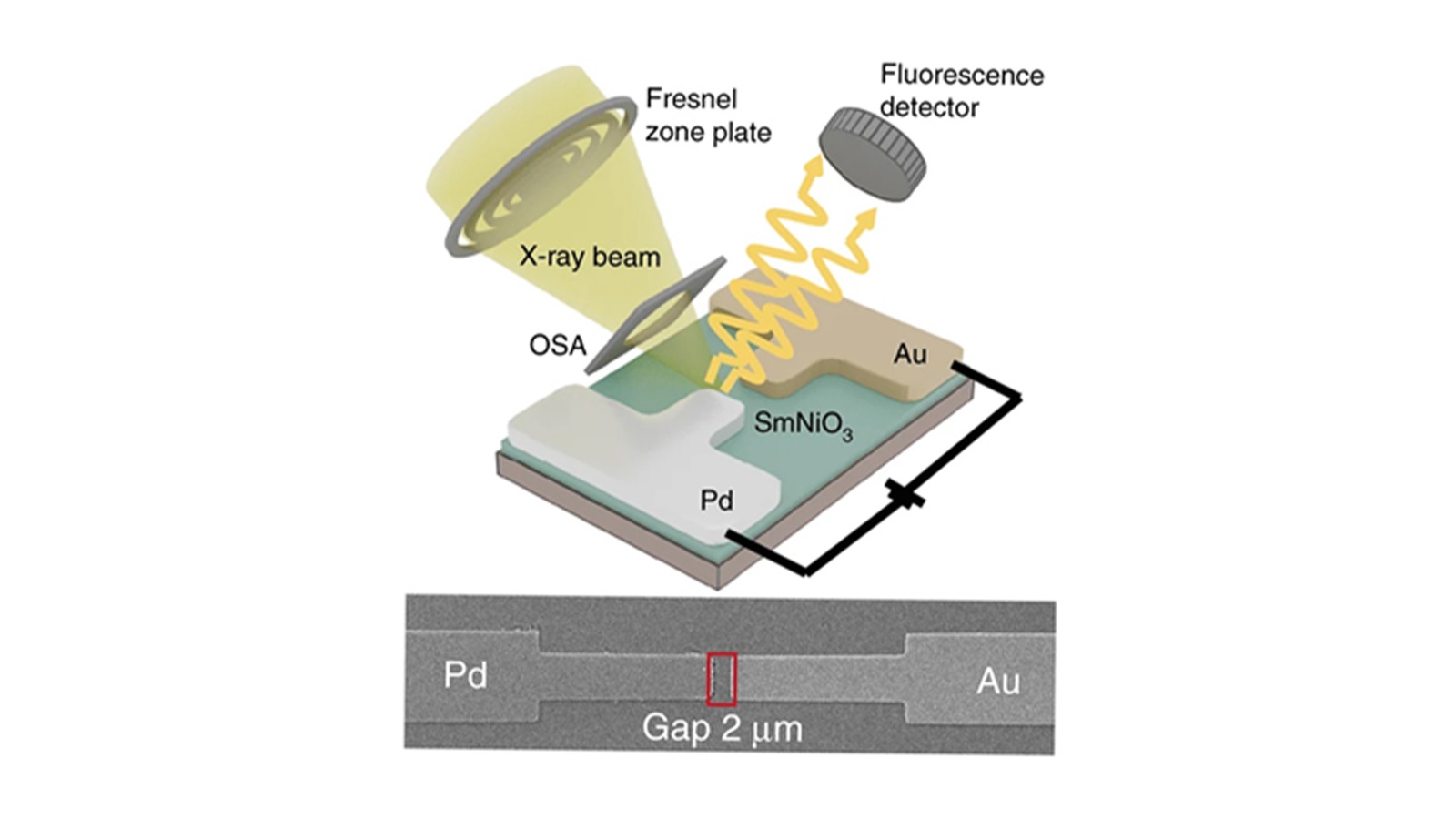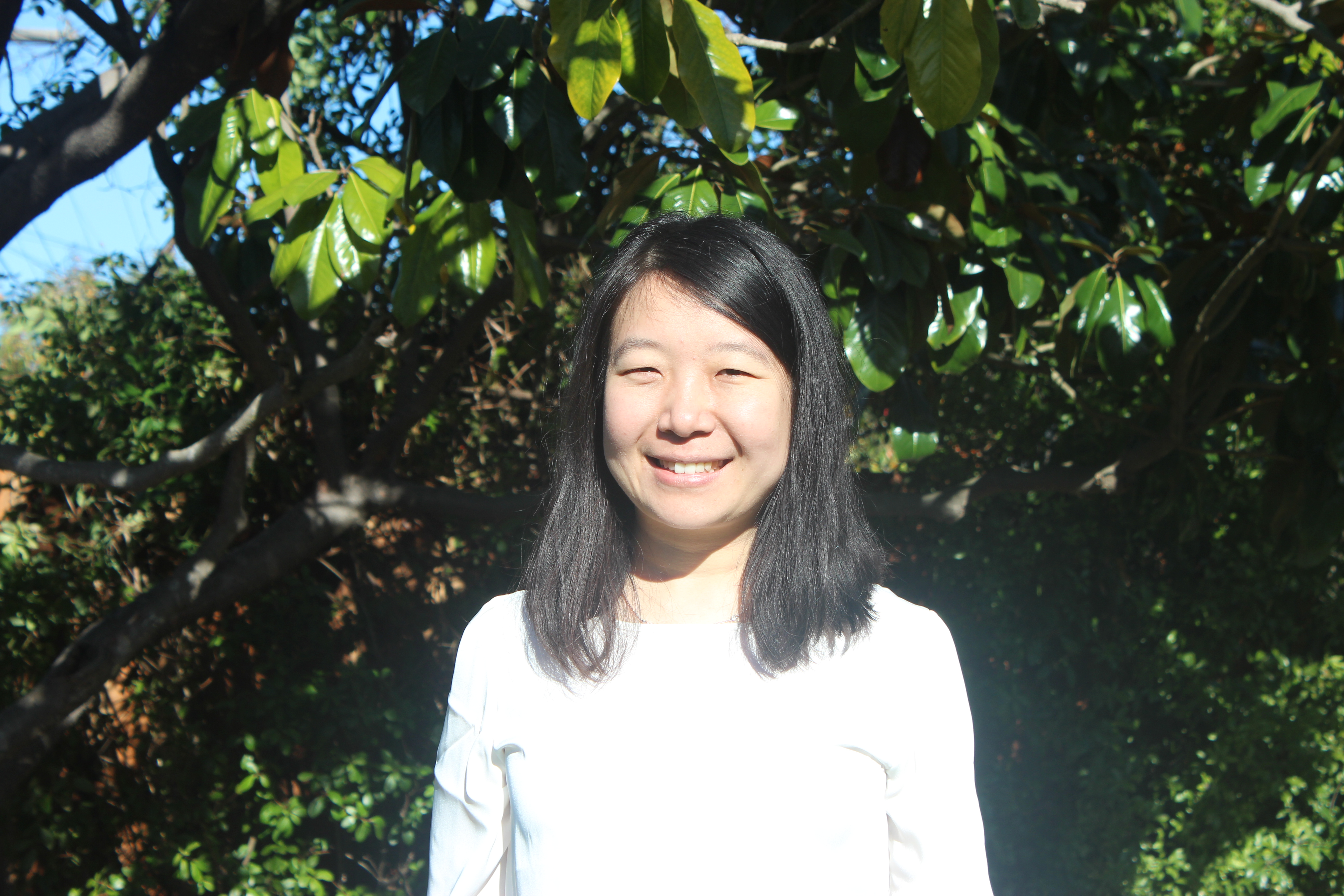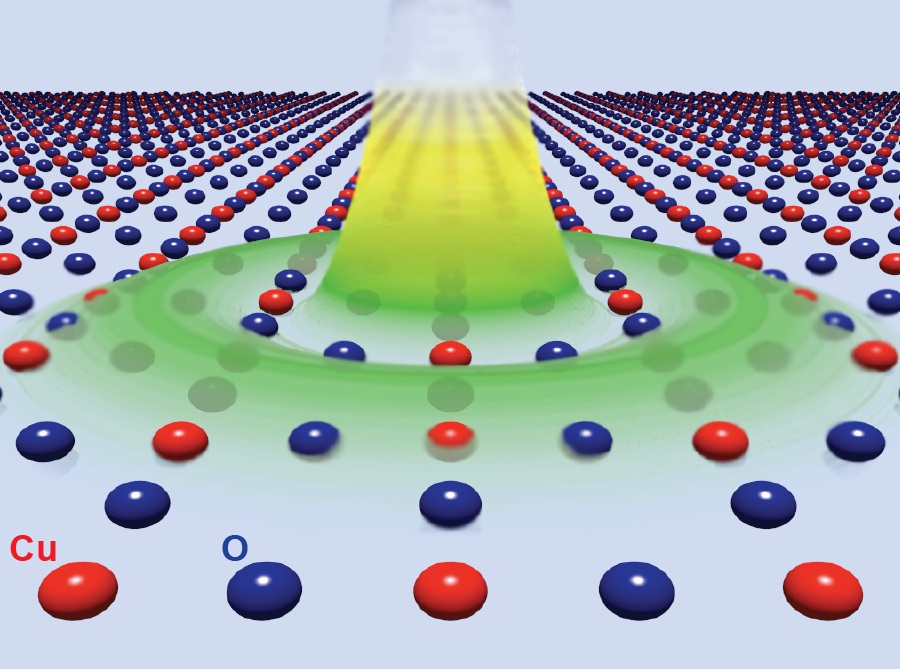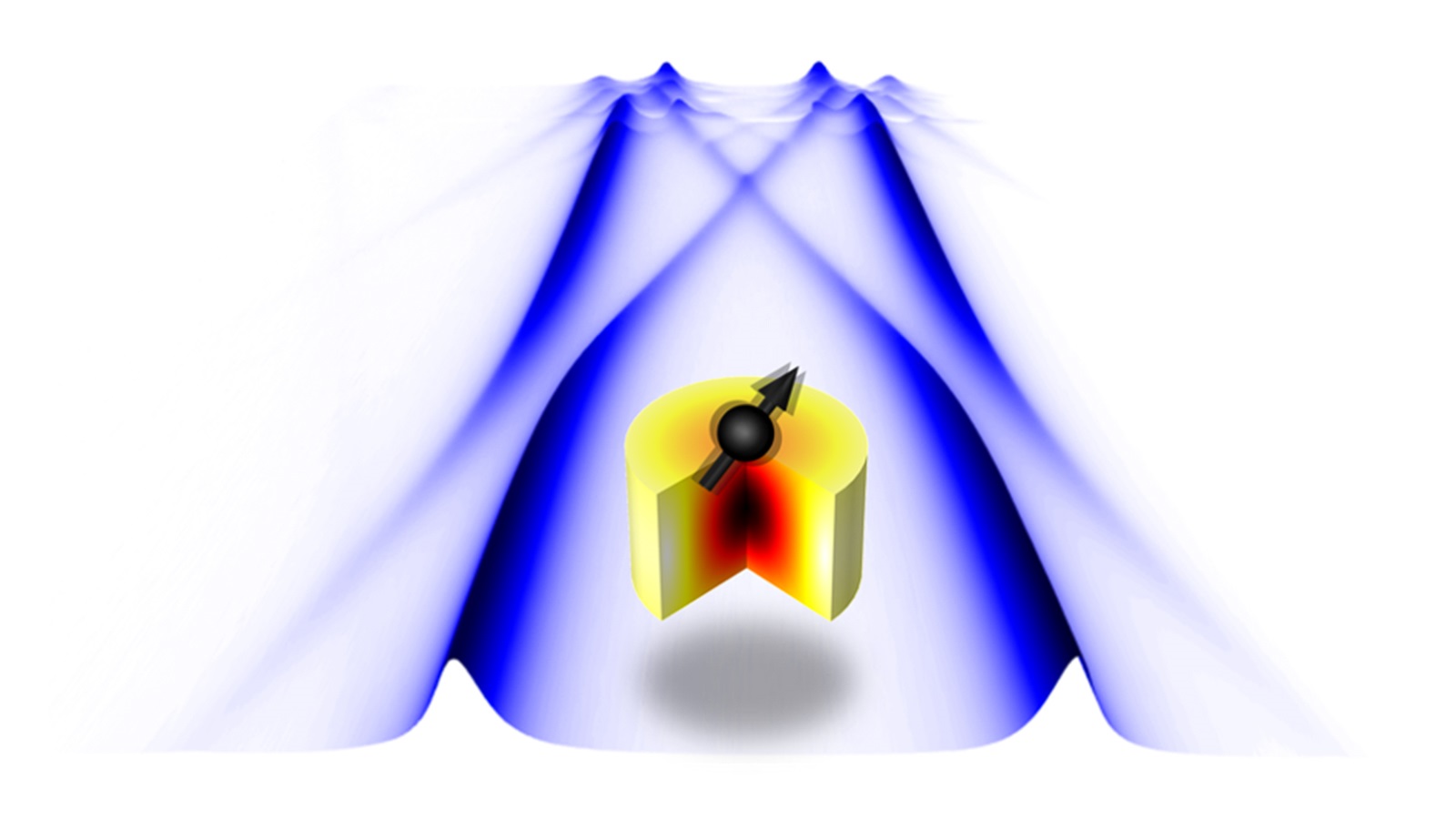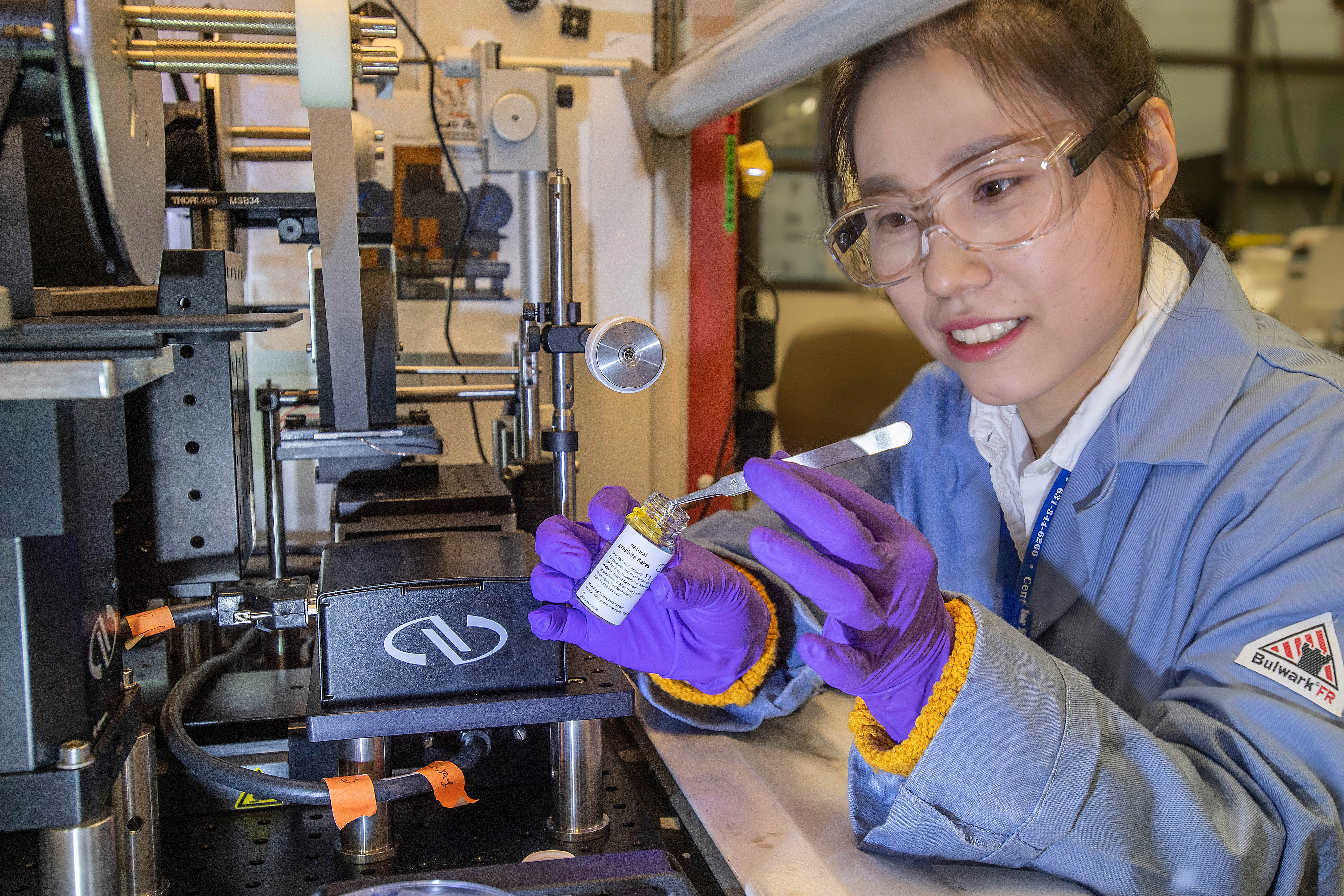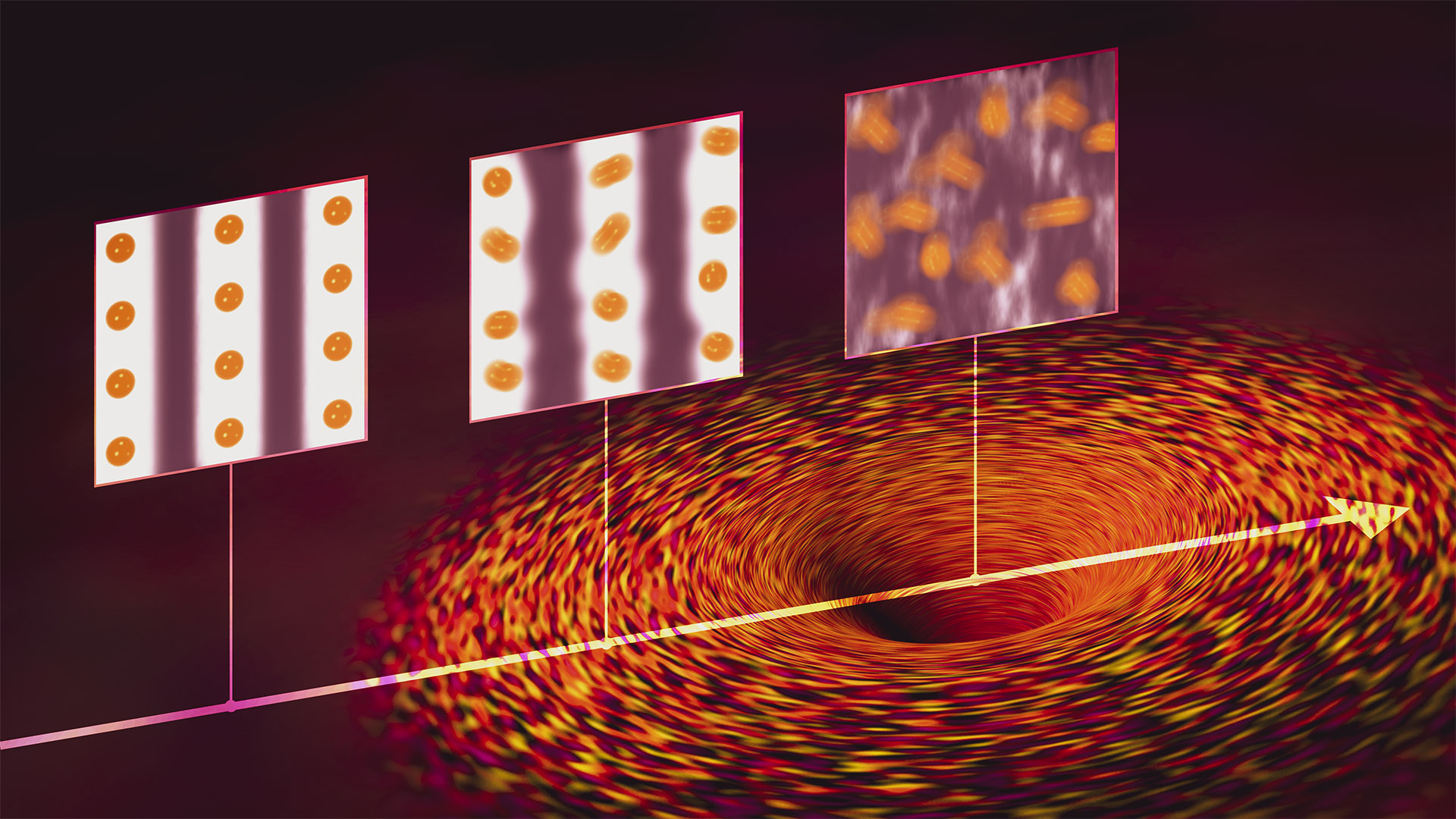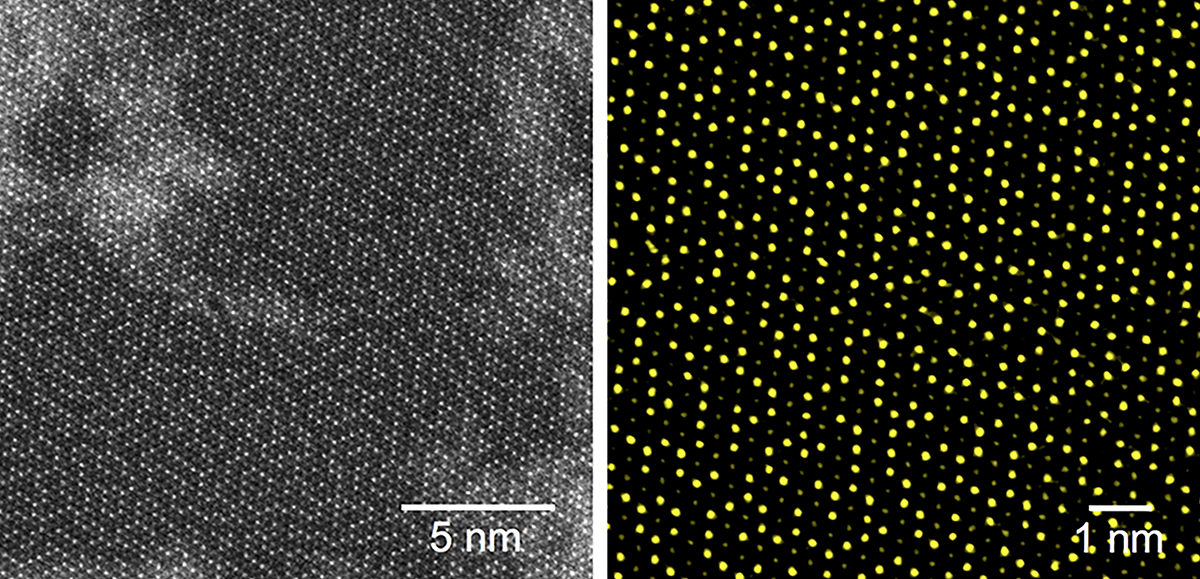By: Bill Wellock | Published: July 22, 2024 | 3:10 pm | SHARE: Florida State University is partnering with the University of Florida (UF) to bring a flagship symposium in quantum materials to the state.The 2024 International Symposium on Quantum Fluids and Solids will take place July 24-30 in Jacksonville, Fla. The event brings scientists and engineers whose work explores the workings of materials characterized by quantum mechanics, a branch of physics that describes the behavior of particles at very small scales, such as atoms, molecules and subatomic particles.

